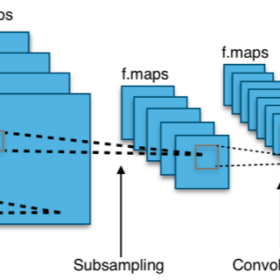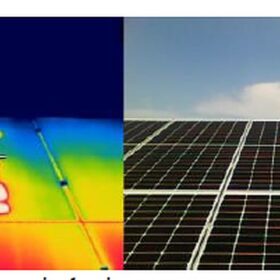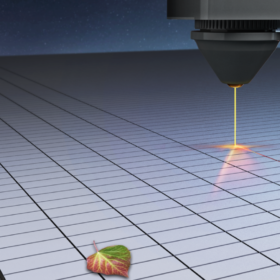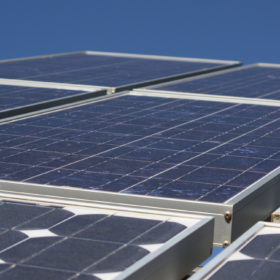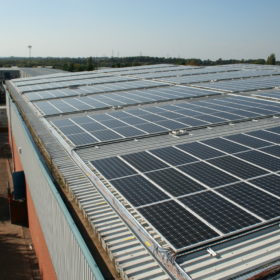PV module fault detection technique based on convolutional neural network
An international research team has used the convolutional neural network (CNN) deep learning algorithm to identify faults in solar panels. Its work showed the proposed technique has a high degree of accuracy, especially if combined with transfer learning models.
Improving performance ratio of PV systems via shading effect
Researchers in Indonesia have investigated how shading effects may influence the performance ratio of a PV system. Their analysis also considered payback period and return on investment.
Combination of half-cut, bifacial solar cell designs may contribute to hotspot formation
Scientists in Spain tested PV modules under partial shading conditions, aiming to better understand the formation of performance-damaging hotspots. The study reveals a potential issue particularly affecting half-cell and bifacial modules, which may cause accelerated performance loss and is not covered by current testing/certification standards.
Reverse bias – a hidden challenge for perovskite solar cell stability
New research from renowned PV scientist Martin Green and colleagues at UNSW reveals that perovskite solar cells may struggle to deal with reverse-bias caused by uneven shading or other issues likely to appear in the field. Both the reverse-bias itself and resulting build up of heat can cause several of the materials commonly used in perovskite solar cells to degrade, and these issues have received only limited attention in research published to date. Solutions, however, are at hand.
Hybrid wind-solar may have a shading problem
Scientists in the Netherlands are seeking to assess how hybrid wind-solar projects may be impacted by the shade produced by the wind tower and wind turbine blades on the PV facility. According to them, the slow movement of the wind unit’s shadow can be easily incorporated into project design.
Simplified modeling for partially shaded PV systems
A proposed two-diode model is based exclusively on the standard test condition parameters of solar modules and their irradiance levels. The analytical tool reportedly enables PV system operators to estimate the I-V curves of a shaded array quickly and accurately.
Mitigating shading in PV modules with new reconfiguration technique
Scientists in India are seeking to mitigate partial shading with a technique based on the Lo Shu nine-square grid of ancient Chinese mathematical tradition. Their approach features the ‘magic grid’ also used in popular sudoku puzzles, as a guide for reconfiguring arrays.
Predicting the I-V characteristics of PV systems under partial shading
Researchers in Tunisia have proposed a method of determining the characteristic I-V profile of a partially shaded PV module, and to extrapolate it into a string profile.
The best string configurations to avoid mismatch losses from rooftop PV shading
Researchers in Pakistan have evaluated the impact of shading on inverter set-ups to assess PV system performance. Tests were conducted on a 51 kW system featuring SMA inverter topologies but the researchers say the findings could be applied to products from other manufacturers. The results showed the number of maximum power point trackers is important but levelized cost of energy calculations are also crucial to selecting the right inverter configuration.
